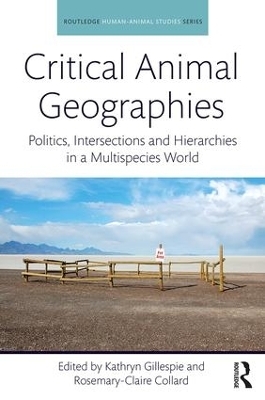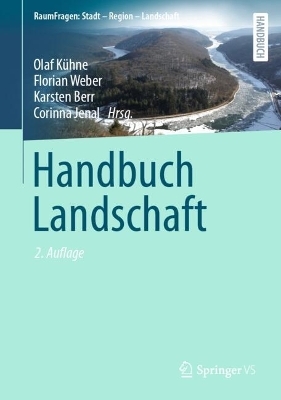
Critical Animal Geographies
Routledge (Verlag)
978-1-138-79150-3 (ISBN)
Rosemary-Claire Collard is an Assistant Professor in Geography at Concordia University in Montreal. Her research looks at capitalism, environmental politics, science, and culture, especially film, with an eye to how they depend on and engender certain human-animal relations. Kathryn Gillespie is a part-time lecturer in Geography, the Honors Program, and the Comparative History of Ideas Program at the University of Washington in Seattle, Washington. Her research focuses on the lived experience of animals in spaces of commodity production (e.g., farming, breeding, sale, and slaughter), with a particular emphasis on those animals humans use for food.
Chapter 1. Introduction PART I: POLITICS Chapter 2. Animal geographies, anarchist praxis and critical animal studies Chapter 3. Practice as theory: learning from food activism and performative protestChapter 4. Pleasure, pain and place: ag-gag, crush videos, and animal bodies on displayPART II: INTERSECTIONS Chapter 5. Wildspace: the cage, the supermax, & the zoo Chapter 6. Commodification, violence and the making of workers and ducks at Hudson Valley Foie Gras Chapter 7. Race, space, and wildlife management Chapter 8. Pit bulls, slavery, and whiteness in the mid- to late- nineteenth century US: geographical trajectories; primary sources PART III: HIERARCHIES Chapter 9. Coyotes in the city: gastro-ethical encounters in a more-than-human world Chapter 10. Livelier livelihoods: animal and human collaboration on the farm Chapter 11. En-listing life: red is the color of threatened species lists Chapter 12. Doing critical animal geographies: future directions
| Reihe/Serie | Routledge Human-Animal Studies Series |
|---|---|
| Zusatzinfo | 2 Line drawings, black and white; 8 Halftones, black and white; 10 Illustrations, black and white |
| Verlagsort | London |
| Sprache | englisch |
| Maße | 156 x 234 mm |
| Gewicht | 476 g |
| Themenwelt | Geisteswissenschaften ► Geschichte |
| Naturwissenschaften ► Geowissenschaften ► Geografie / Kartografie | |
| Sozialwissenschaften ► Soziologie | |
| Technik ► Umwelttechnik / Biotechnologie | |
| ISBN-10 | 1-138-79150-4 / 1138791504 |
| ISBN-13 | 978-1-138-79150-3 / 9781138791503 |
| Zustand | Neuware |
| Haben Sie eine Frage zum Produkt? |
aus dem Bereich


